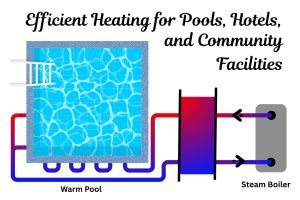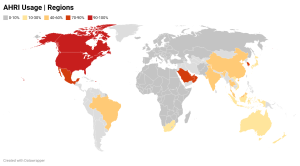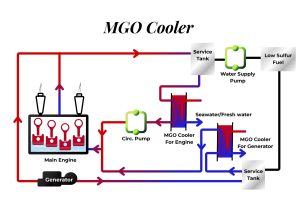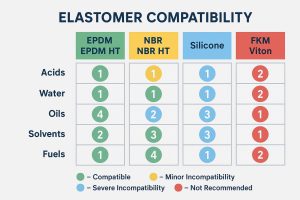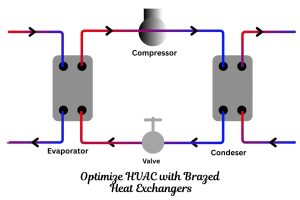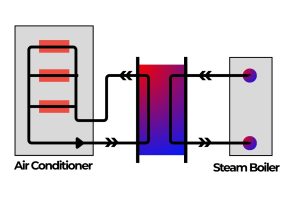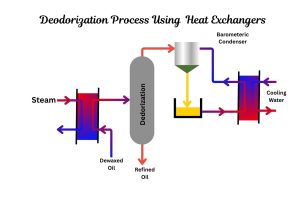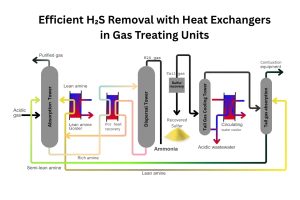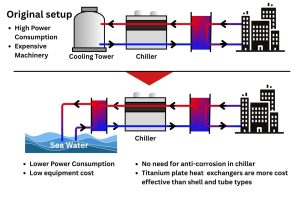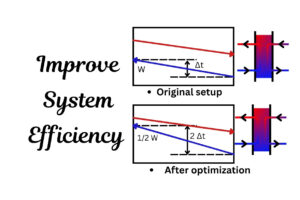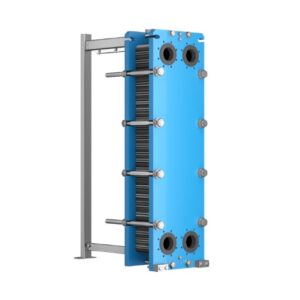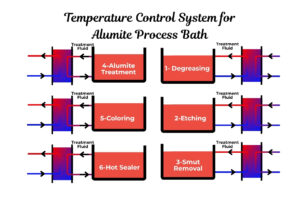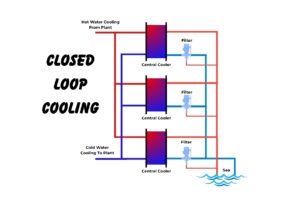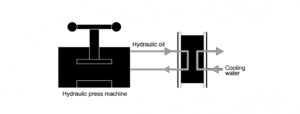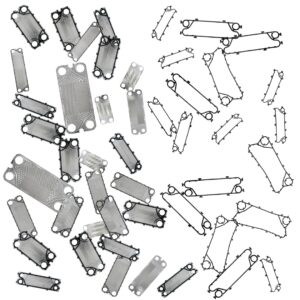What Are the Top 5 Benefits of Partnering with a Reliable Heat Exchanger Supplier?
Introduction: A Brief History of Heat Exchangers
Heat exchangers have quietly shaped modern industry since the early 1900s. The first designs were clunky metal boxes used in steam engines, but today’s versions are sleek, efficient, and vital for everything from brewing beer to heating skyscrapers. The core idea hasn’t changed: transfer heat from one fluid to another without mixing them. But the technology? It’s leaped forward like a rocket. Choosing the right heat exchanger supplier isn’t just about buying equipment—it’s about unlocking decades of engineering progress.
What Types of Heat Exchangers Exist Today?
You wouldn’t use a bicycle to haul freight. Same logic applies to heat exchangers—different jobs need different designs. Here’s the breakdown:
Gasketed Plate Heat Exchangers: The Space-Savers
Picture a stack of metal plates with rubber seals. These units dominate HVAC systems and dairy plants because they’re easy to clean and modify. Need more capacity? Just add plates. At Heating Formula, we’ve seen GPHE models cut energy bills by 30% in breweries by recovering wasted heat.
Shell and Tube: The Heavy Hitters
These look like oversized metal worms. Oil refineries and power plants rely on their brute strength for high-pressure jobs. Our engineers once retrofitted a 1950s shell and tube unit for a paper mill—it’s still running today.
Less Common Variants
- Air-Cooled: Uses fans instead of water—perfect for deserts
- Double-Pipe: Simple but effective for small factories
- Brazed Plate: No gaskets, just welded metal—great for freezing temperatures
How Do You Pick the Right Heat Exchanger Supplier?
Selecting a supplier is like choosing a heart surgeon—you want proven skill, not just a shiny brochure. Follow this checklist:
- Match Their Specialty to Your Needs: Don’t hire a pastry chef to cook steak
- Check Certifications: ISO 9001 is the golden standard
- Ask About Spare Parts: Can they ship replacement gaskets overnight?
- Test Their Response Time: Send a fake emergency email at 4:55 PM Friday
- Demand Case Studies: Real-world results beat sales pitches
Why Do 73% of Factories Regret Cheap Heat Exchanger Suppliers?
A textile plant in Vietnam learned this the hard way. They bought discounted shell and tube units that failed in 8 months. The cleanup cost? Triple the original price. Reliable suppliers prevent these nightmares through:
Benefit 1: Materials That Don’t Quit
Cheap suppliers use recycled steel that corrodes fast. Top-tier partners like Heating Formula specify marine-grade stainless steel—the same stuff in ocean liners.
Benefit 2: Custom Engineering Support
When a Canadian syrup producer needed non-stick plates, we laser-welded titanium surfaces. Off-the-shelf solutions would’ve failed.
Benefit 3: Maintenance That Saves Millions
Proper upkeep can double a heat exchanger’s life. Our clients get color-coded maintenance calendars—no technical degree required.
Benefit 4: Energy Efficiency Boosts
A well-designed GPHE cuts energy use by up to 40%. That’s like finding free money in your machinery.
Benefit 5: Future-Proof Technology
Smart sensors, AI-driven maintenance—good suppliers help you stay ahead without costly retrofits.
Why Choose Heating Formula as Your Heat Exchanger Supplier?
We’ve been elbow-deep in heat transfer since 1998. Unlike fly-by-night importers, we:
- Stock every gasket and plate for quick repairs
- Offer free design consultations—no sales pressure
- Provide bilingual support in 11 countries
Pro Tip: Ask about our “No Leak Guarantee”—if our unit fails in Year 1, we replace it and clean up the mess.
Final Thought: This Isn’t Just Metal—It’s Your Bottom Line
Partnering with the right heat exchanger supplier is like hiring a superhero maintenance team. You get equipment that works harder, lasts longer, and costs less. Don’t settle for suppliers who vanish after the sale. Choose partners who stick with you through every temperature swing.

